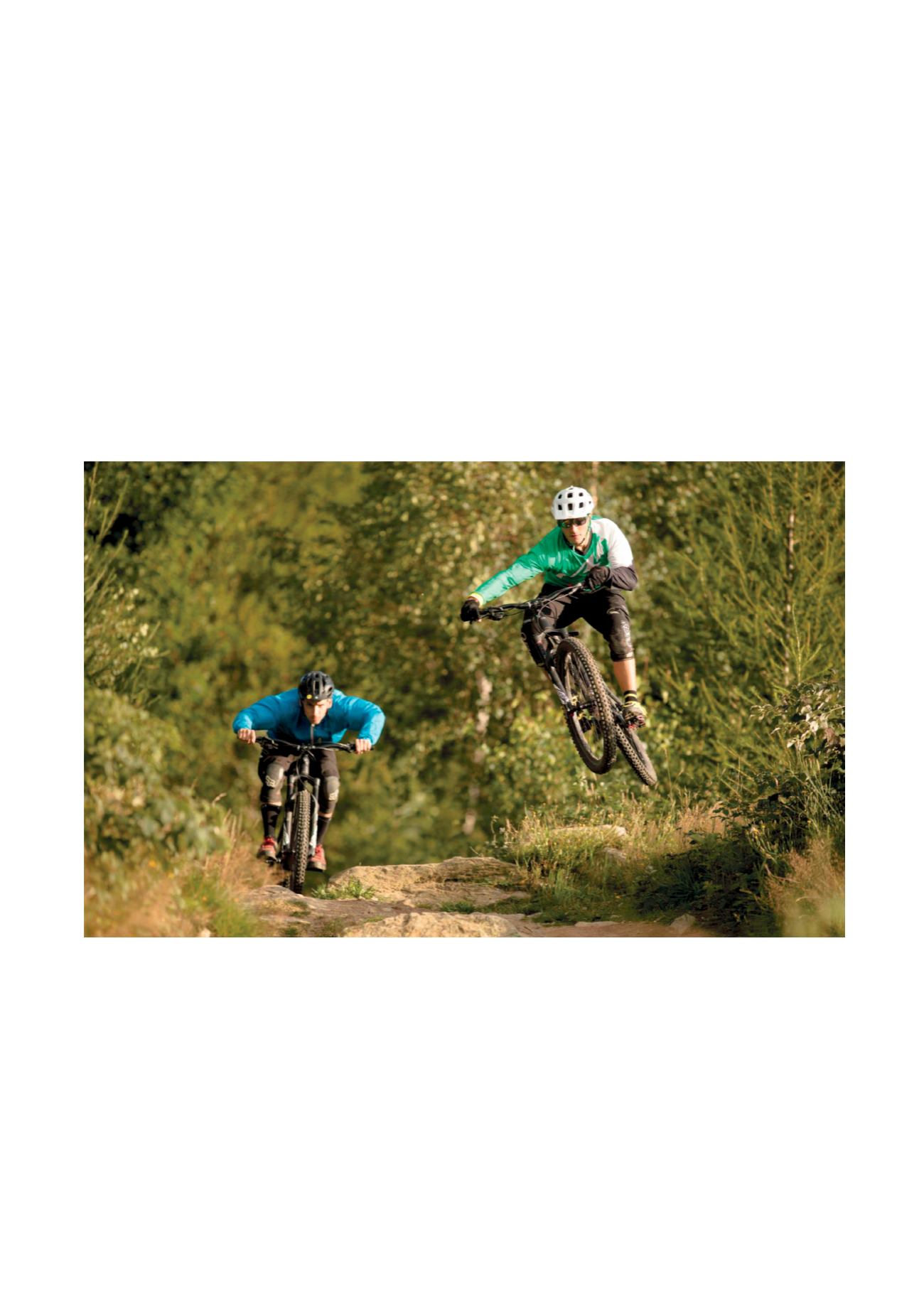

235
Sport Equipment and Materials
Sustainable support for sports and health through technology
n
TUM’s broad knowledge from very different scientific disciplines helps us to realize our chosen
holistic approach to better understand the interaction between athlete, equipment and environment.
In 2017 we extended our internal network starting a close collaboration with the Chair of Micro
Technology and Medical Device Technology (MiMed) of Professor Lüth.
From our 2017 activities four highlights are worth
mentioning:
■■
Development and realization of a new test bench to
quantify ski boot flexibility.
■■
Co-organization of 23rd University Day of the German
Society of Sport Science ‘Innovation & Technology in
Sports’ held at TUM.
■■
Intensification of our collaboration with Reutlingen Uni-
versity on the field technical garment and wearables.
Common student project at Environmental Research
Station ‘Schneefernerhaus’ (Zugspitze).
■■
Start-off R&D project (ZIM) realizing non-invasive real-
time measurement of core temperature integrated into
ballistic police helmets.
Towards Better Performance with Optimized Sport Equipment
Improving the performance in both top-level and leisure-
time sports is one motivation of our work. The focus is
on optimizing the energy transfer between athlete and
equipment and on reducing the inherent energy loss. On
the equipment level we try to achieve this by:
■■
better weight to stiffness ratio (i.e. bicycle frame),
■■
using energy storage and return effects,
■■
optimized heat- and moisture management of sport
garments (i.e. new infills for down jackets),
■■
improved fitting to the individual (i.e. golf shaft).
An excellent example of our efforts towards optimized
performance of sport equipment is demonstrated in a
study which has been performed by one of our Master
students (Pablo Weber, 2017). The goal was to charac-
terize different suspension settings of mountain bikes
and to answer the question if these have an influence on
the perceived subjective riding experience of advanced
bikers. Using a special suspension-tuning system
(ShockWiz™) the performance of four identical enduro
mountain bikes were tuned differently thus achieving
Mountain bike downhill on a (widely) standardized track with two different suspension settings (photo: Lars Scharl)



















